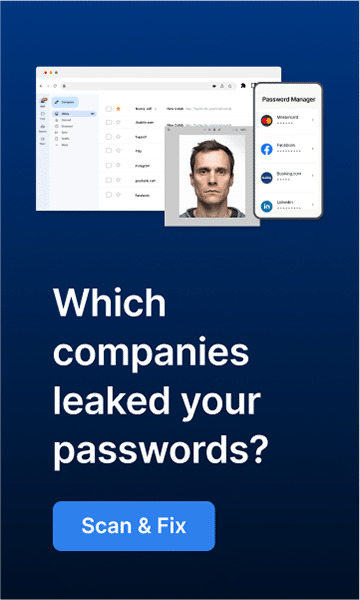Two of the most popular internet browsers, Chrome and Outlook, have been hit by malware attacks in the past few weeks. These attacks are designed to steal personal information from users, such as passwords and credit card numbers. If you have been using either of these browsers, it is essential to take steps to protect yourself from being compromised. In this article, we will discuss what these malware attacks are and how you can protect yourself from them.
Malware attacks
Malware attacks include trojans, phishing attacks, and viruses. Trojans are designed to steal personal information, such as passwords and credit card numbers. Phishing attacks are designed to trick users into giving up their personal information. Viruses can infect your computer and cause it to malfunction.
One of the latest attacks was MassLogger, which was discovered by researchers at Kaspersky. This malware is designed to steal personal information from Outlook and Chrome users. It does this by logging keystrokes and taking screenshots of the victim’s screen. The stolen information is then sent to a remote server, where it can be used to commit identity theft or other crimes.
Another example was the Magecart attack, which affected British Airways. This attack injected malicious code into the airline’s website that stole payment information from customers who were making online purchases. The stolen data included credit card numbers, expiration dates, and security codes.MassLogger and Magecart are just two examples of the many malware attacks that have been targeting Chrome and Outlook users. These attacks are becoming more common as hackers target these popular browsers. There are a few things you can do to protect yourself from these attacks:
Browser up to date
First, make sure that you are using the latest version of your browser. Hackers often target older versions of software because they are easier to exploit. If you are using an outdated browser, upgrade to the latest version as soon as possible.
Install security tool
Second, install a security tool that can protect you from malware attacks. There are many different security tools available, so choose one that meets your needs. There is a wide range of security tools, including security extensions and anti-malware software.
Keep your personal information safe
Finally, be careful about the personal information you share online. Hackers can use this information to commit identity theft or other crimes. Only share your personal information with trusted websites, and never click on links or attachments from unknown sources.
Be cautious of email attachments
Third, be cautious of email attachments. If you receive an attachment from someone you don’t know, or if the attachment looks suspicious, do not open it. Malware can be hidden in email attachments, so it is best to err on the side of caution.
How to recognize if your computer has been infected?
If your computer starts acting unusual, it might be a sign that it has been infected with malware. Some signs of an infected computer include:
-Your browser crashes or runs slowly
-You see new toolbars or icons that you didn’t install
-Pop-up ads appear when you’re not browsing the internet
-Your home page changes without your permission
If you notice any of these symptoms, run a security scan on your computer to check for malware. If you find malware on your computer, remove it immediately to prevent further damage.
These are just some of the steps you can take to protect yourself from malware attacks. By taking these precautions, you can help keep your personal information safe from hackers.

